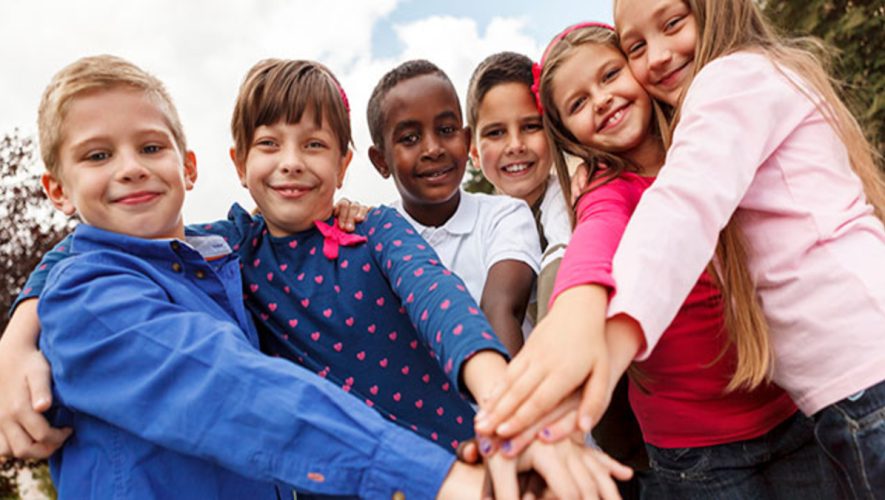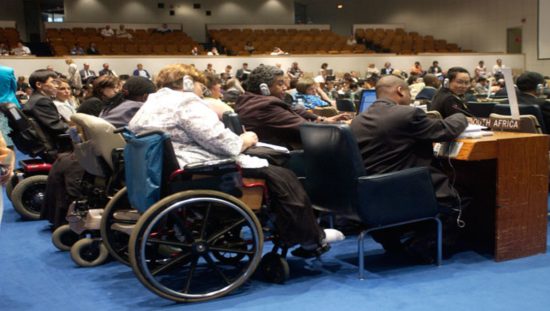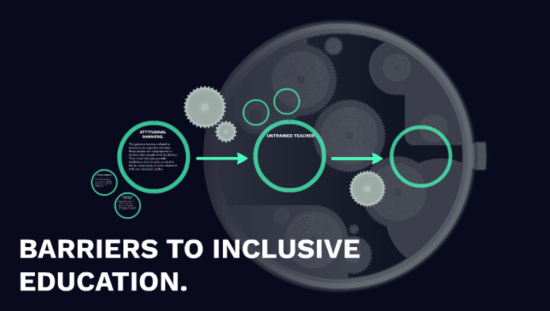Inclusive schools promote respectful and supportive relationships, avoid the bullying epidemic, and build the attributes of positive peer-to-peer interactions. Due to the current state of our national economy and shrinking education budgets, schools and businesses alike are striving for both efficient and effective ways to maximize resources. One very powerful resource that is often over-looked, underutilized and perhaps not well understood is literally right in front of us i.e. Peer Support.
Peer Support
Peer support is a strategy that involves placing students in pairs or in small groups to participate in learning activities that support academic instruction and social skills.
This instructional approach does not require additional staff or extra funding. It is a research-based methodology that yields positive results related to student achievement and a sense of “belonging” over the course of time. Peer supports provide teachers with a learning tool to enhance instruction for students with and without disabilities.
Within school community, the stakeholders promote inclusive settings as systems, schools and classrooms that have shared ownership between and among all staff for the learning of all students, equitably. From this culture and climate flows the professional collaboration that often shapes the manner in which students will work together. Adults provide in-class support through collaborative teaching and support facilitation. Although some students may not require this level of adult intervention thus, making peer supports ideal for an inclusive setting.
Peer Support Approaches
The following are three innovative ways that peer support can be used to meet the instructional and social needs of students with disabilities in the general education setting. However, each of these models require upfront planning that includes selecting the right type of strategy, utilizing it at the right time with perhaps individualized outcomes all aligned with the lesson goals.
a) Collaborative Learning
Collaborative learning is an instructional strategy used to reinforce skills taught by the teacher. This teaching method allows time for practice, review, and opportunities for students to use higher-level thinking skills.
b) Cross-Age Peer Support
Cross-age peer support is another strategy that assists with the learning in the general education setting. This approach typically involves older students, usually high school age, who provide instructional support for elementary or secondary students.
c) Peer Modeling
Peer modeling is another support that can be used to help students learn academic, processes and classroom routines. It also provides the classroom teacher opportunities to use peers to assist with instruction, clarifying directions and give social reminders with little or no disruption to the lesson cycle. It is an excellent way for peers to provide appropriate behavioral models of students who need to improve their social skills.
Courtesy: Inclusive Schools Network
OTHER RELATED POSTS
Universal Design for Inclusive Schools



